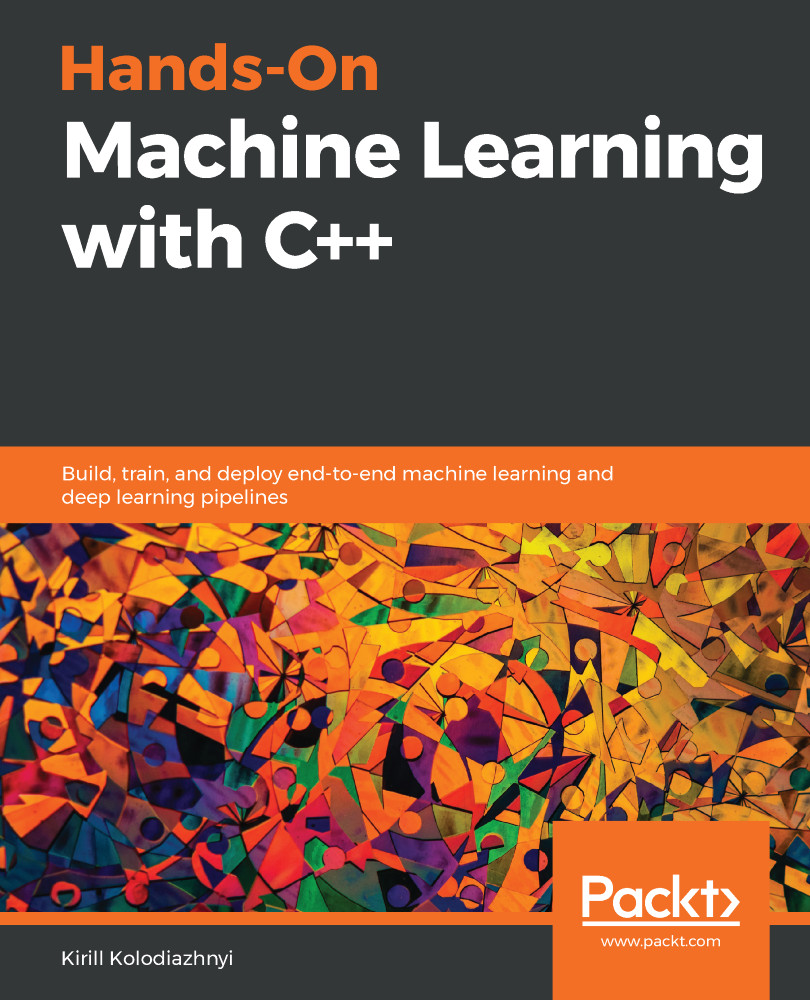A recommender system's task is to inform a user about an object that could be the most interesting to them at a given time. Most often, such an object is a product or service, but it may be information—for example, in the form of a recommended news article.
Despite the many existing algorithms, we can divide recommender systems into several basic approaches. The most common are as follows:
- Summary-based: Non-personal models based on the average product rating
- Content-based: Models based on the intersection of product descriptions and user interests
- Collaborative filtering: Models based on interests of similar user groups
- Matrix factorization: Methods based on the preferences matrix decomposition
The basis of any recommender system is the preferences matrix. The preferences matrix has all users of the service laid on one...












































































